Let’s be honest—parking can suck, especially if you’re driving a bulky SUV in a crowded city. A lot of people choose SUVs for the power, the presence, and the extra space, but the tradeoff? You usually get less visibility, tighter spots feel tighter, and parallel parking becomes your least favorite chore.
That’s where parking assist tech steps in—sensors, cameras, and smart systems that take some of the edge off. Some SUVs make this process nearly foolproof. Others? They leave you to figure it out yourself while pretending they “might help” with a vague beep or a useless rear camera.
And then there’s the whole blind spot drama. SUVs, because of their size and design, are notorious for having blind spots. Some brands have figured out ways to reduce this problem, while others still seem stuck in the early 2000s with their massive rear pillars and minimal driver aids.
In this article, we’re comparing ten popular SUVs—five that genuinely help you park like a pro, and five that make you question if their mirrors are just there for show.
Let’s break it down: the five SUVs that make parking stress-free, and five that’ll make you want to park a mile away just to avoid reversing.
ALSO READ: 5 Cars That Handle Emergency Stops Well and 5 That Feel Scary
5 SUVs with Best Parking Assist
These SUVs don’t just beep—they guide, monitor, and in some cases, park the car for you. If you’re sick of playing Tetris in tight spots, these five SUVs have your back (and front, and sides) with seriously solid parking assist systems that make a difference in real life.
1. Ford Explorer
The Ford Explorer doesn’t just brag about tech—it delivers. Its Active Park Assist 2.0 feature takes over parallel and perpendicular parking completely. Just hold a button and the Explorer steers, accelerates, brakes, and shifts for you. That’s not just a gimmick; it works. You don’t even need to touch the steering wheel.
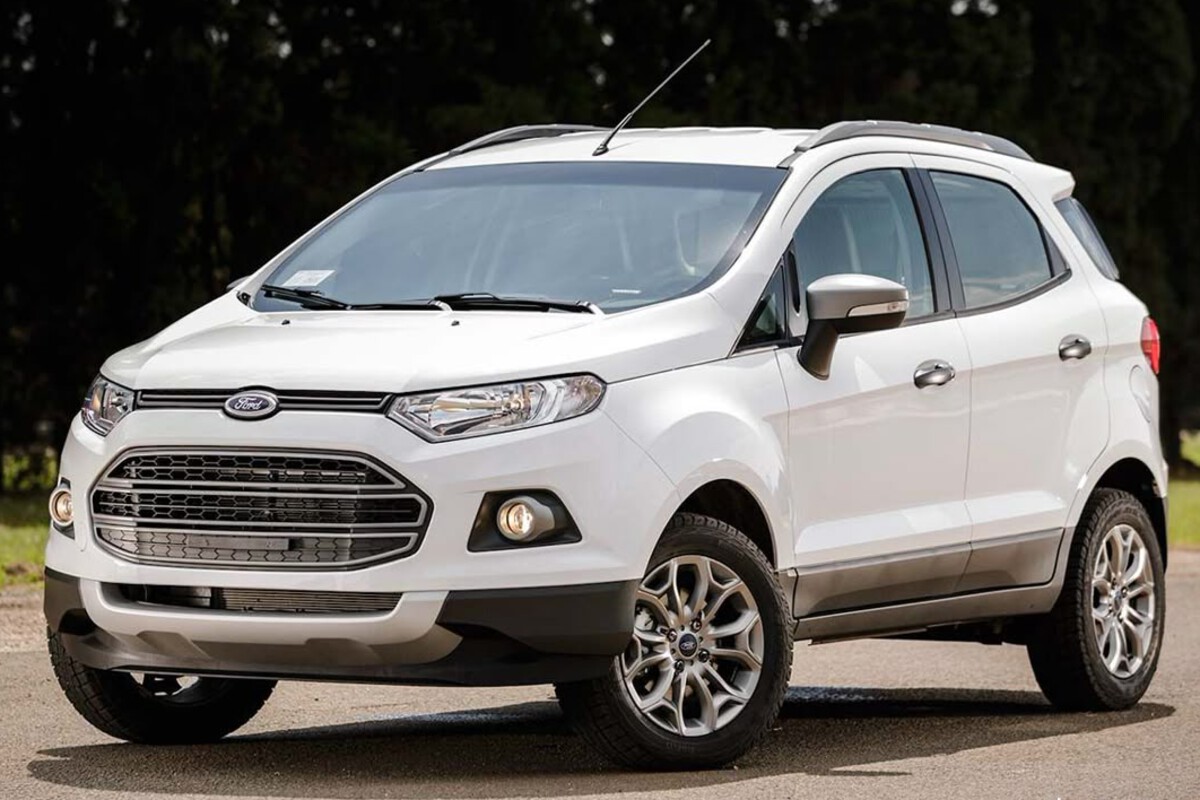
Paired with a 360-degree camera system and parking sensors all around, the Explorer gives you a full digital overhead view of your surroundings. That means no more second-guessing how far that curb is or whether you’re about to tap someone’s bumper. The interface is smooth too—easy to read, no lag, and gives visual + audio cues.
For an SUV that’s over 16 feet long, this kind of tech is a lifesaver. It also adds a layer of confidence, especially for people who don’t parallel park often or have to deal with narrow driveways regularly. You can park this thing in spots you wouldn’t have dared try without the system.
Bottom line: it’s not perfect, but it’s the kind of system that makes you say, “Wow, this is helpful.” And for a mainstream SUV, that’s rare. If parking makes you anxious, the Explorer’s assist system is like having a calm co-pilot.
2. BMW X5
BMW’s X5 knows how to flex its tech muscle, and its Parking Assistant Plus feature is a prime example. This system doesn’t just help you get into spots—it can remember how you got out of your driveway and retrace your steps in reverse automatically. Seriously.
The X5 comes with multiple cameras offering a 360-degree view, including a 3D model of the car you can spin around on-screen. Want to check how close you are to the garage wall or the curb? Just swipe and zoom. It’s like Google Maps for your car.
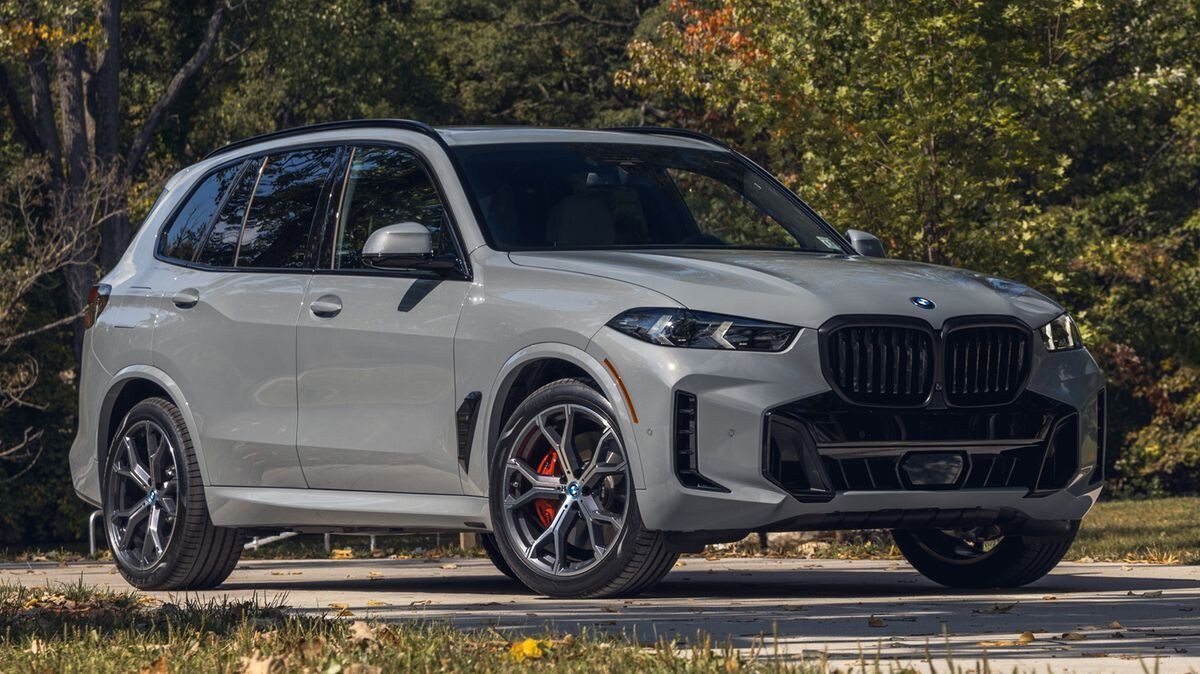
The real star here is how the system works in cluttered environments. Tight urban parking? No sweat. Underground garages? It adapts. The sensors are incredibly responsive, and the visuals don’t lag. Even better, the steering inputs are smooth, not jerky like in some lower-end parking systems.
It also has automatic parallel and perpendicular parking, but it does more than just line you up—it parks fully with precise alignment. BMW even gives you trajectory lines while you’re manually parking, just in case you want to take the wheel back.
Sure, the X5 isn’t cheap, but it’s one of the few luxury SUVs that makes the tech feel worth it. The whole system feels like it’s working with you, not against you.
3. Hyundai Palisade
Hyundai’s flagship SUV, the Palisade, punches way above its price when it comes to parking tech. The Remote Smart Parking Assist (RSPA) is its headline trick—you can get out of the SUV and park it from your key fob. It’s not a gimmick; it works well in real scenarios.
The Palisade also features front, rear, and side parking sensors with a super sharp surround-view camera system. The interface gives you a top-down and side view of the car, with warning sounds and visual alerts that ramp up based on proximity. You get a high level of control without having to guess your position.
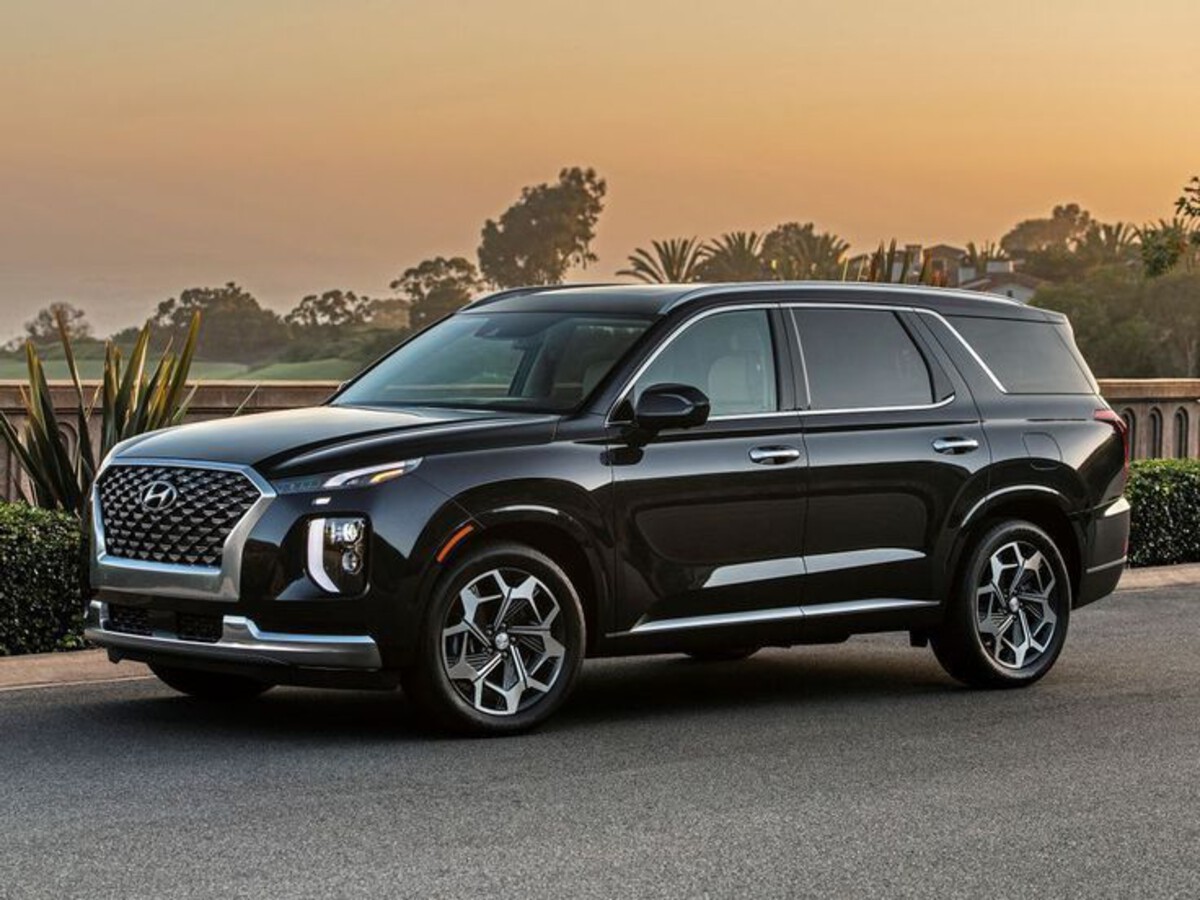
There’s also Safe Exit Assist, which warns if something’s in your blind spot as you’re opening your door—super handy in tight parking lots.
Even with its full-size footprint, the Palisade is surprisingly easy to maneuver thanks to steering guidance that lines up perfectly with real-world turns. Unlike some systems that feel half-baked, Hyundai’s assist feels clean, quick, and accurate.
Add to that user-friendly controls and crisp visuals, and you’ve got a system that rivals what you find in some high-end German SUVs, without the bloated price. If you’ve got a family hauler but hate dealing with tight mall parking, this SUV has your back.
4. Mercedes-Benz GLE
The Mercedes-Benz GLE doesn’t just pack features—it makes parking feel borderline futuristic. Its Parking Package with 360° camera is one of the most detailed setups in the game. You don’t just get a bird’s-eye view—you get a dynamic 3D model that rotates in real-time as you steer.
Then there’s Active Parking Assist, which handles parallel and perpendicular parking start to finish. No weird steering wheel twitching or clunky back-and-forth—you press a button, and it just does it. It even gets out of spots for you.
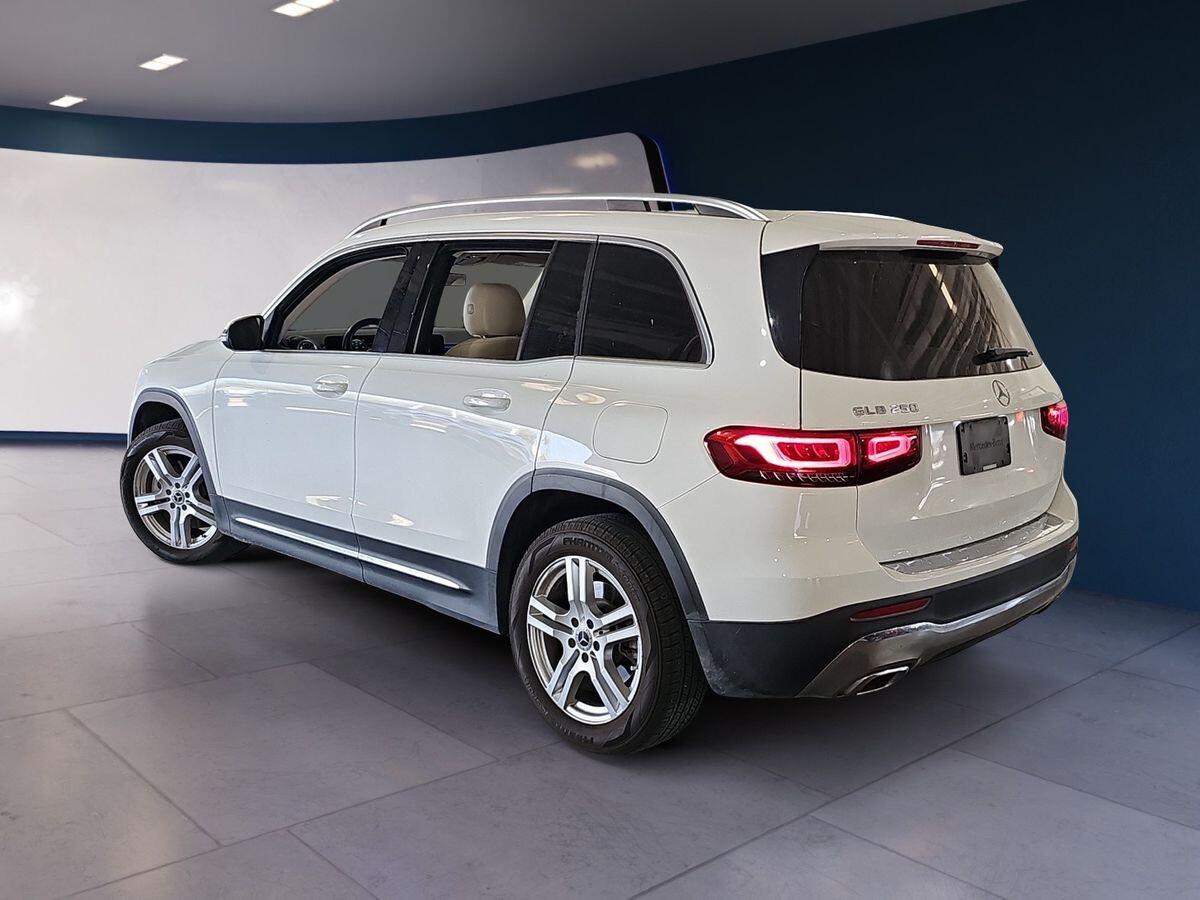
What sets the GLE apart is the system’s awareness. It doesn’t just park—it calculates the best approach angle, adjusts for sloped surfaces, and offers multiple camera angles so you can double-check everything. If you’ve ever cursed out a parking curb, you’ll appreciate that.
It also integrates cross-traffic alert, so even while reversing out of a space, the car warns if something’s coming. In busy lots, that feature alone saves you from some serious close calls.
All this is packaged in a smooth, polished interface that makes you want to use it. You can tell Mercedes took the time to get the little things right. It’s a luxury feature, sure, but it delivers luxury function too. Worth every bit if you hate tight squeezes.
5. Nissan Rogue
Don’t let the price fool you—the Nissan Rogue comes packed with genuinely useful parking assist features that work well for everyday drivers. Its Intelligent Around View Monitor gives a solid 360-degree perspective with split screens showing front, rear, and side views simultaneously.
For a compact SUV, the Rogue makes great use of its size. The parking assist isn’t just visual—it adds moving object detection, giving real-time alerts if anything approaches from any angle. Whether it’s a kid running by or a shopping cart drifting, you get warned before it becomes a problem.
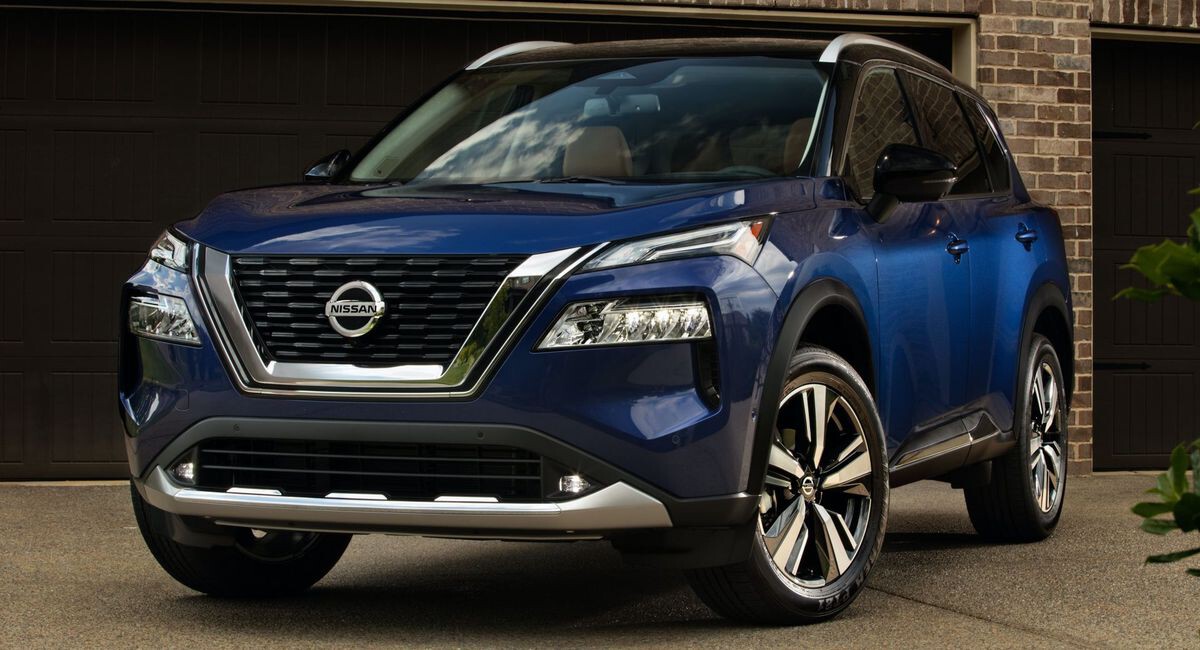
It also has Rear Cross Traffic Alert, which kicks in quickly and reliably when reversing out of blind spots. The sensors feel well-calibrated, and the warnings aren’t jumpy or annoying like on some competitors. The camera resolution is solid, too, making everything easier to see in low light.
While it doesn’t offer self-parking like some of the others, the Rogue’s system gives you enough help that you rarely feel unsure while squeezing into tight spots. For people who just want a clean, effective, and easy-to-use system without going luxury, this one’s seriously underrated.
It’s all about helping you see what you can’t—and for the price, the Rogue nails it.
5 SUVs with Blind Spots
Now for the frustrating part. These SUVs are big, bold, and… kind of blind. Whether it’s poor mirror design, massive rear pillars, or half-baked safety tech, these five SUVs just don’t do enough to help you see what’s around you. Driving them means constant shoulder checks—and constant guessing.
ALSO READ: 5 Cars That Are Truly Built for U.S. Roads and 5 That Aren’t
6. Jeep Wrangler
Look, the Jeep Wrangler wasn’t built with visibility in mind. It’s made for trails, rocks, and open-air fun—not city commutes and parallel parking. That said, it’s terrible when it comes to blind spots.
Huge rear pillars, small rear windows, and a rear-mounted spare tire all combine to give you awful rear visibility. Even with mirrors and a backup camera, it often feels like you’re peeking out of a cave. And the camera? Not great—especially in lower trims, where the resolution makes it look like it was filmed on a 2005 phone.

Blind spot monitoring is available—but it’s not standard. And that’s frustrating for a vehicle this difficult to see out of. Lane changes feel like a leap of faith unless you do a full-body twist every time.
For off-roading, sure, it works. But in a grocery store parking lot or a packed school zone, the Wrangler just doesn’t cut it. You’re left constantly on edge, double-checking, and often still unsure.
Bottom line: this is a fun SUV for the right person, but if you’re not prepared to wrestle with blind spots constantly, steer clear.
7. Chevrolet Tahoe
The Chevy Tahoe is massive, and that’s kind of the problem. While the size makes for tons of room inside, it also creates a ton of blind spots, especially toward the rear and over the shoulder.
The rear window is high and narrow, the rear pillars are thick, and the side mirrors don’t fully compensate. The view out the back feels more like squinting through a tunnel, especially if you’ve got passengers or cargo blocking the line of sight.
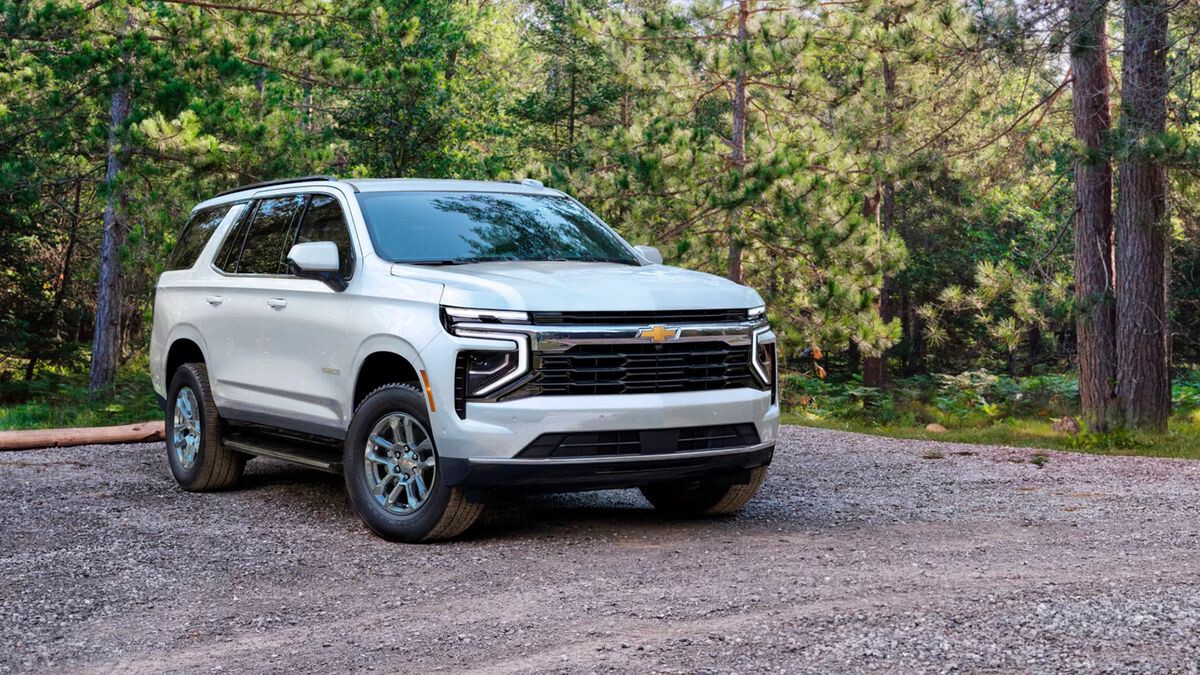
What’s worse is that many Tahoe trims don’t include blind spot monitoring or a surround-view camera as standard. You have to pay extra for safety that probably should’ve been built in. For something this big, it’s wild how limited the default visibility is.
Sure, there are sensors and a rear camera, but the coverage feels dated and often kicks in too late. And if you’re in a tight spot or backing out in a crowd? You’ll feel the limitations hard.
For all its luxury and power, the Tahoe’s visibility issues drag down its day-to-day usability in urban and suburban driving. You’re constantly second-guessing what you’re missing.
8. Toyota 4Runner
The 4Runner is a rugged beast, but it’s stuck in the past when it comes to driver visibility. Designed more for outdoor use and off-road adventures, it still carries an old-school body style with thick rear pillars and tiny rear windows.
You sit high up, which helps with front visibility, but once you look over your shoulder or try to reverse in a parking lot, it’s game over. You’re working with very little visual data.
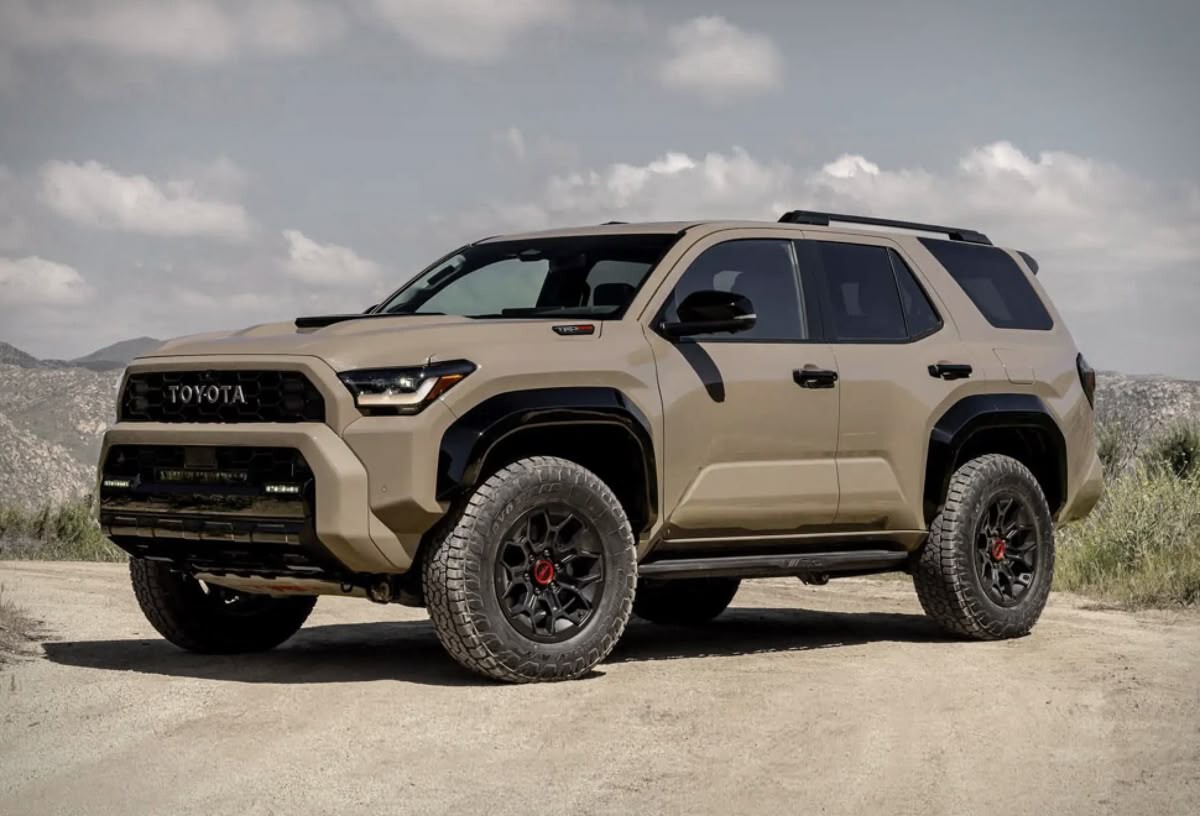
Even worse, basic trims of the 4Runner don’t come standard with blind spot monitoring. That’s a big miss in a vehicle with these kinds of blind zones. If you don’t pay for the higher trims or option packages, you’re basically on your own.
The backup camera helps, but it’s nothing special—just a rear view with basic trajectory lines. And there’s no 360-view system, which at this price point feels like a slap in the face. Lane changes feel risky, and parking takes more effort than it should.
Toyota’s reliability and off-road cred are still there, but the daily driving experience in terms of blind spots? Not great.
9. GMC Yukon
Much like its cousin, the Tahoe, the GMC Yukon is a monster on the road—and just as problematic when it comes to visibility. You’d think with all the space and tech options, GM would do more to help you see what’s around you.
The standard mirrors are fine, but they’re not big enough to make up for the thick D-pillars and narrow rear window. Unless you’ve paid for a top trim with HD surround vision and blind spot monitoring, you’re driving a big block of guesswork.
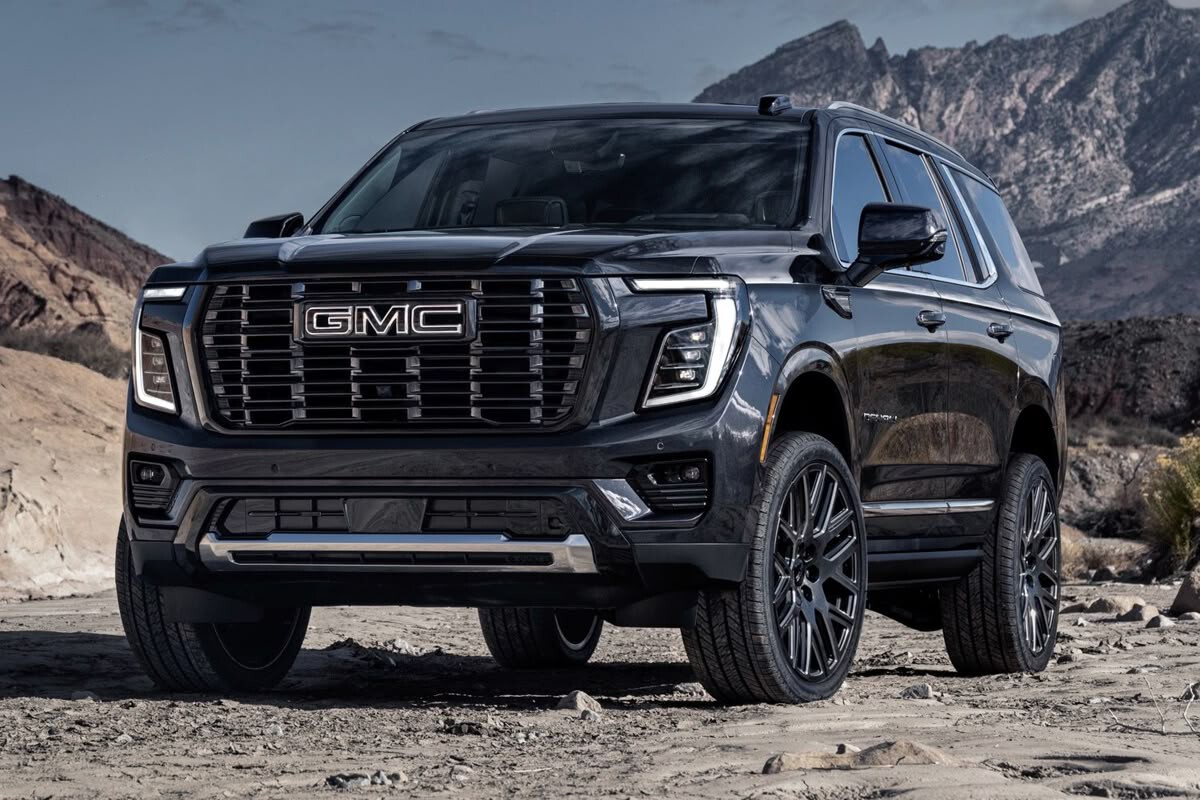
Blind spot alerts aren’t always included, and when they are, the response feels slow. Reversing out of parking lots or trying to merge lanes becomes a test of patience (and neck flexibility). Even the rearview camera lacks the clarity you’d expect in a car this expensive.
With the Yukon’s size, you’d expect more thought to be put into visibility. Instead, it often feels like they assumed everyone buying it would also have a chauffeur.
It’s got power, comfort, and towing muscle—but it’s a pain when it comes to seeing what’s beside or behind you.
10. Mitsubishi Outlander
The Mitsubishi Outlander has improved in many areas over the years, but visibility still lags behind competitors. The rear windows are small, and the side pillars block more of your view than you’d expect in a compact SUV.
The base models don’t include blind spot monitoring, and even when you do opt for it, the system feels sluggish. The camera quality is average at best, and the lack of a full surround-view system is disappointing.
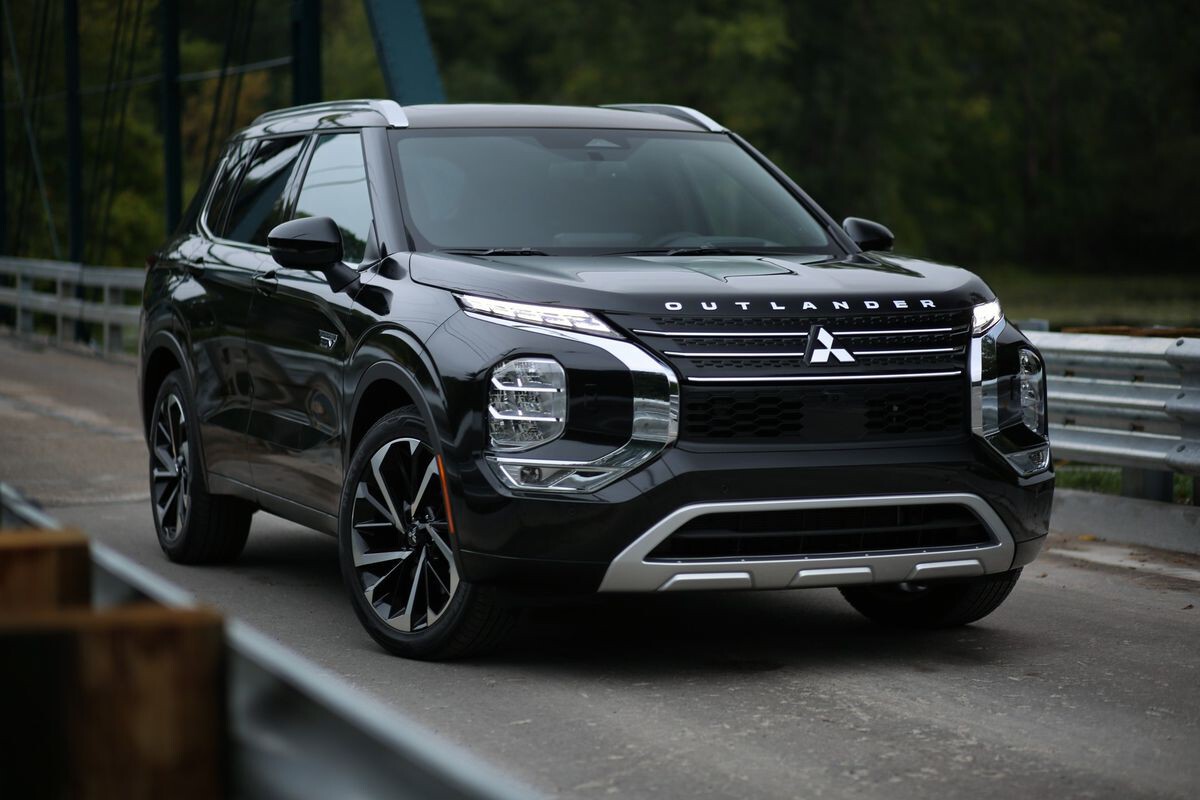
Lane changes in traffic can be nerve-wracking. You either trust the limited alert system or over-rely on mirrors that don’t quite cover the angles. The high beltline doesn’t help either—it gives the Outlander a bulky look from inside, cutting into outward visibility.
To be fair, it’s not as awful as some of the bigger SUVs, but for its size, it shouldn’t have these issues. There are just better alternatives out there that do more with the same footprint. The Outlander needs an upgrade in both hardware and software when it comes to helping drivers stay aware of their surroundings.
It’s not a dealbreaker, but if you drive in tight spaces a lot, it’s something to think about.
Parking and visibility—two things we tend to underestimate until they become a daily headache. SUVs aren’t exactly known for excelling in either area, but some have stepped up with parking assist systems that go beyond basic beeps and blurry backup cams. The Ford Explorer, BMW X5, Hyundai Palisade, Mercedes GLE, and Nissan Rogue show how much better the driving experience can be when the car is trying to help you, not stress you out more.
On the flip side, some SUVs just haven’t figured it out. The Jeep Wrangler and Toyota 4Runner are great for outdoor life, but not for parallel parking in a shopping mall. The Chevrolet Tahoe and GMC Yukon give you power and presence but skimp on visibility aids unless you pay up. And the Mitsubishi Outlander? It’s trying, but still stuck behind its rivals.
If you’re in the market for an SUV and plan to drive in cities or tight parking areas regularly, don’t just look at horsepower and cabin size. Look at how well the car can see for you. Because in the real world, it’s not just about how fast you can go—it’s how well you can stop, look, and not bump into things.

